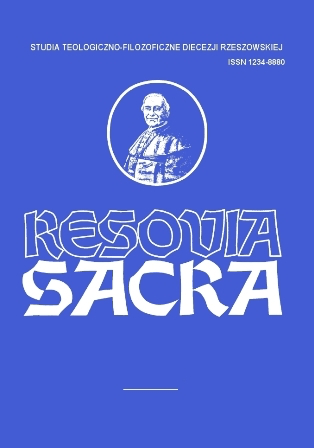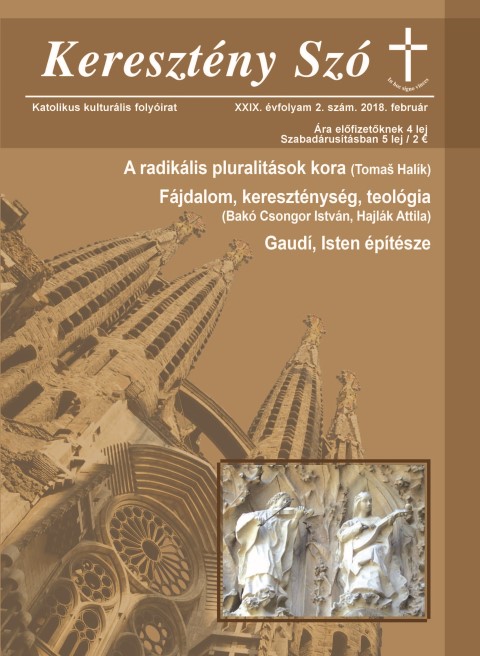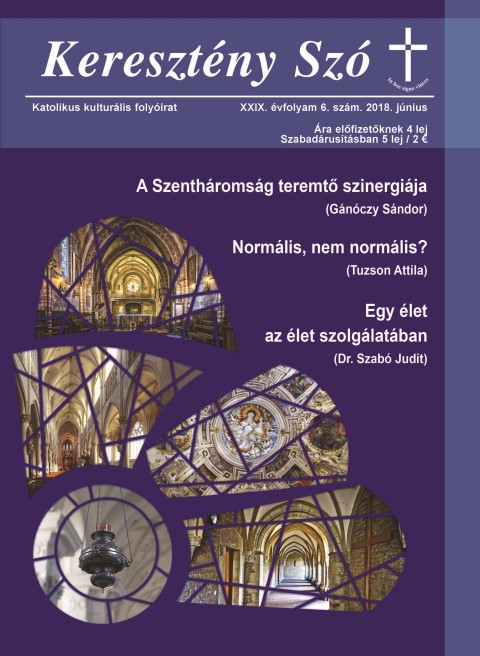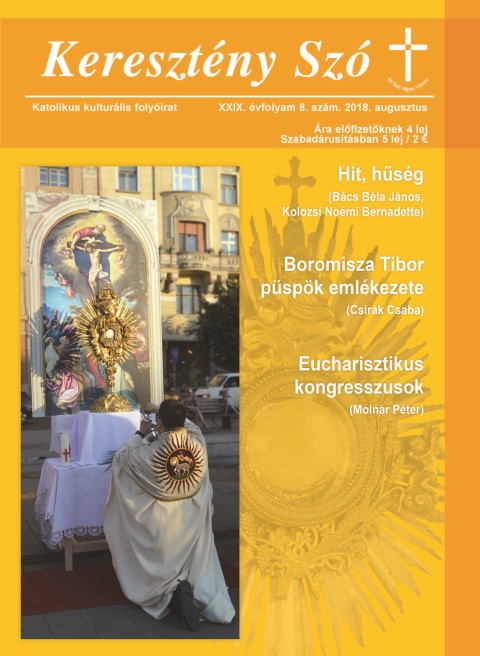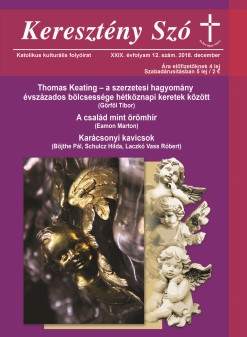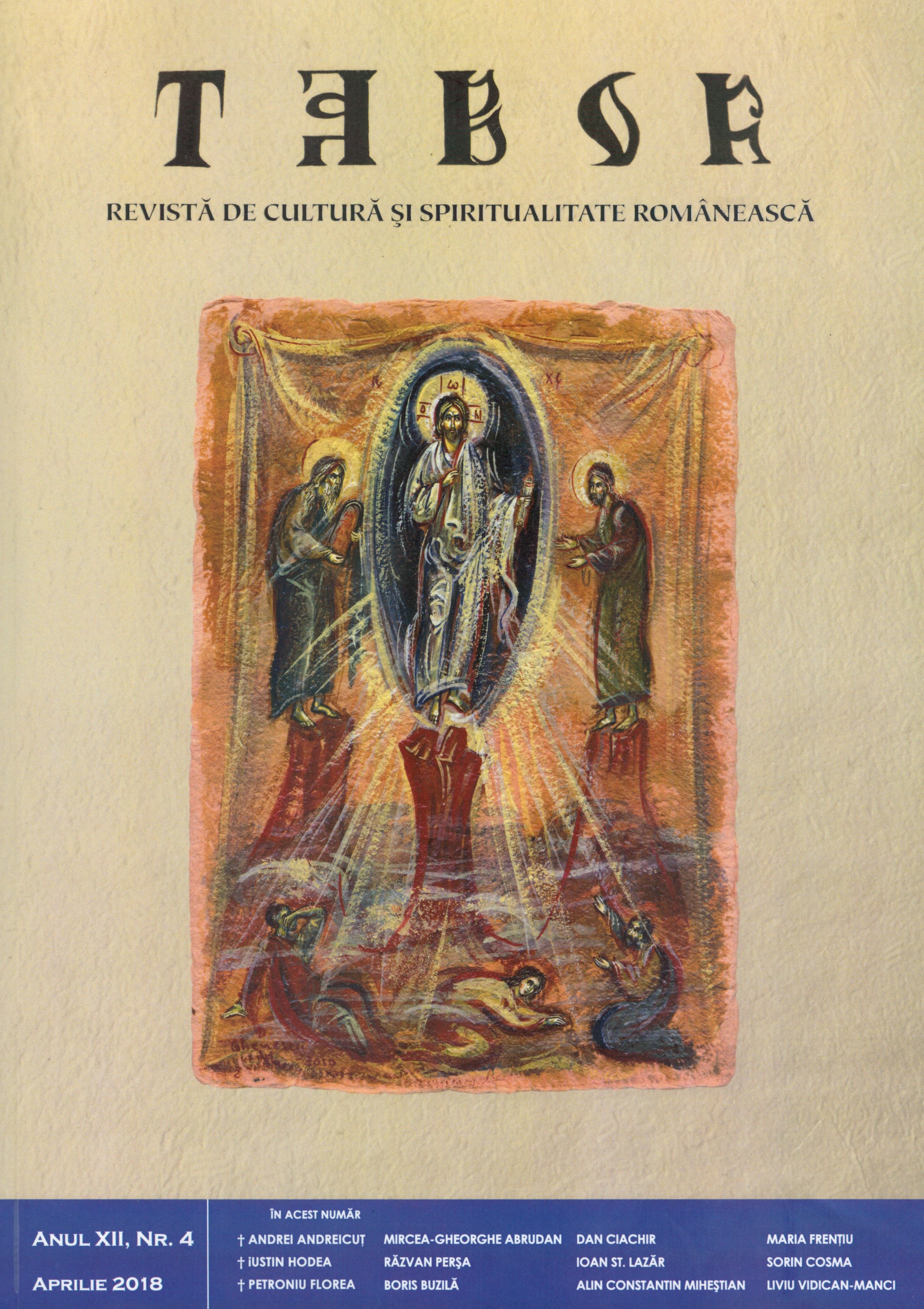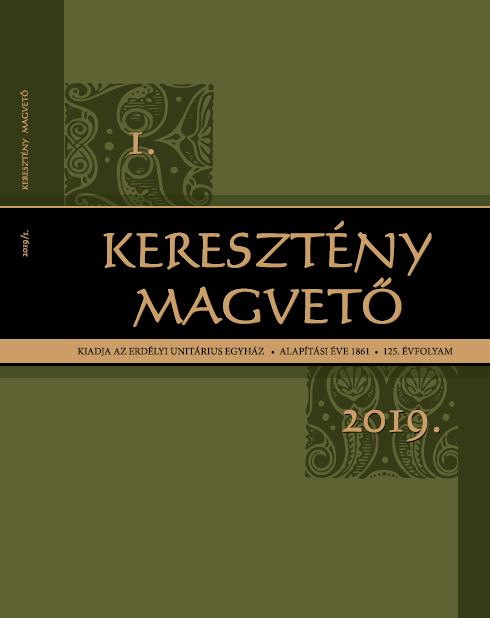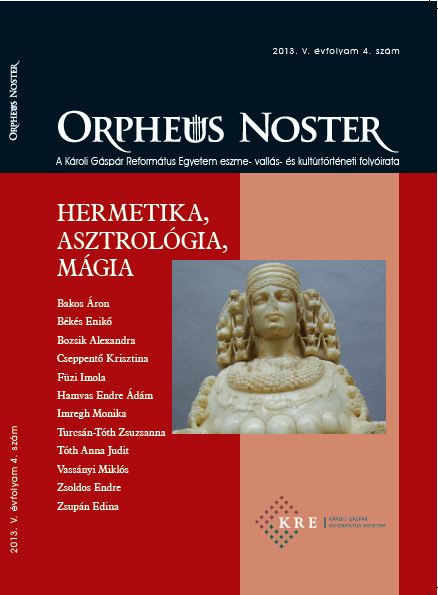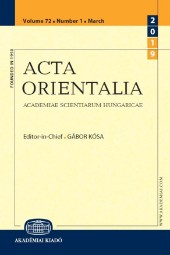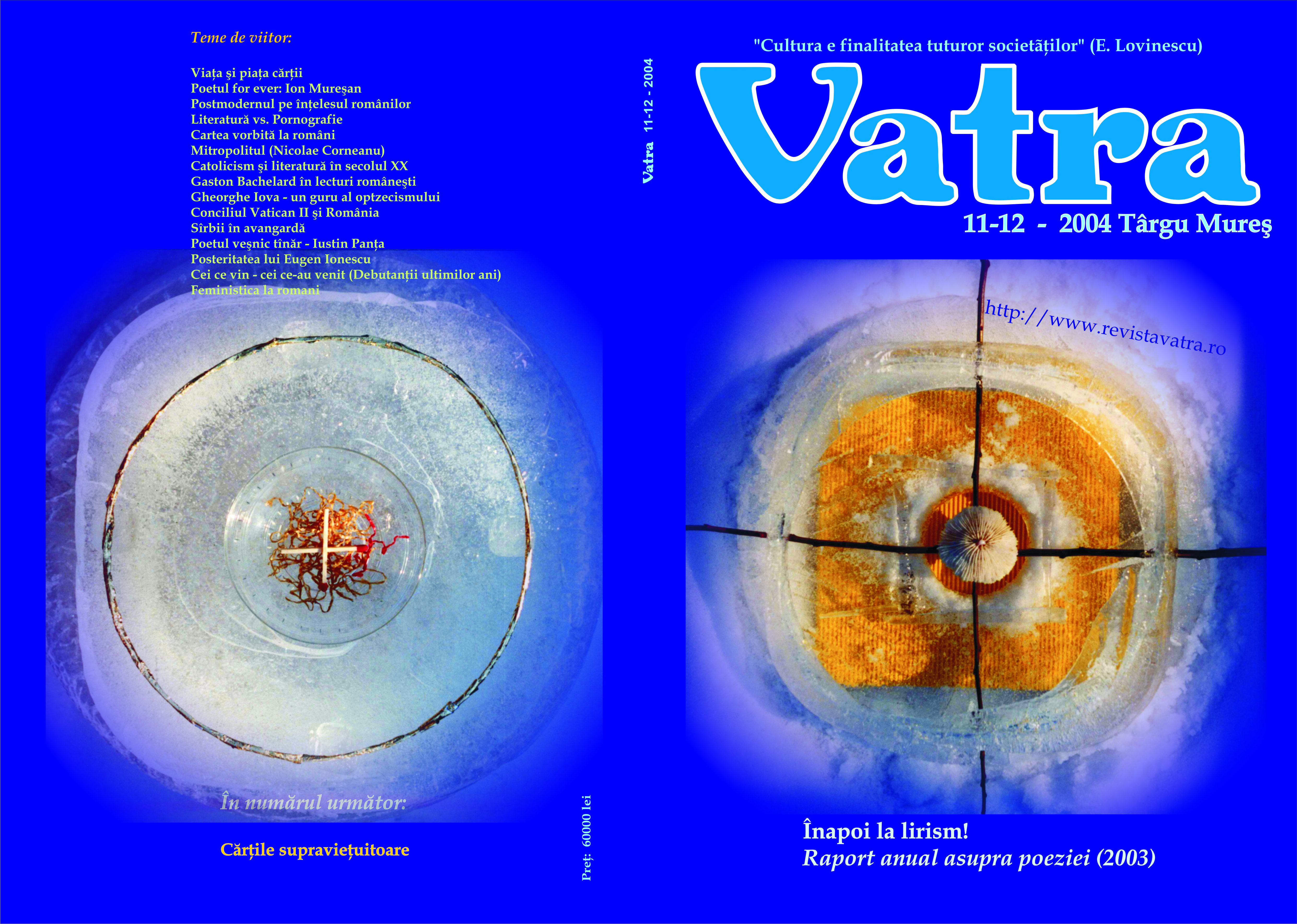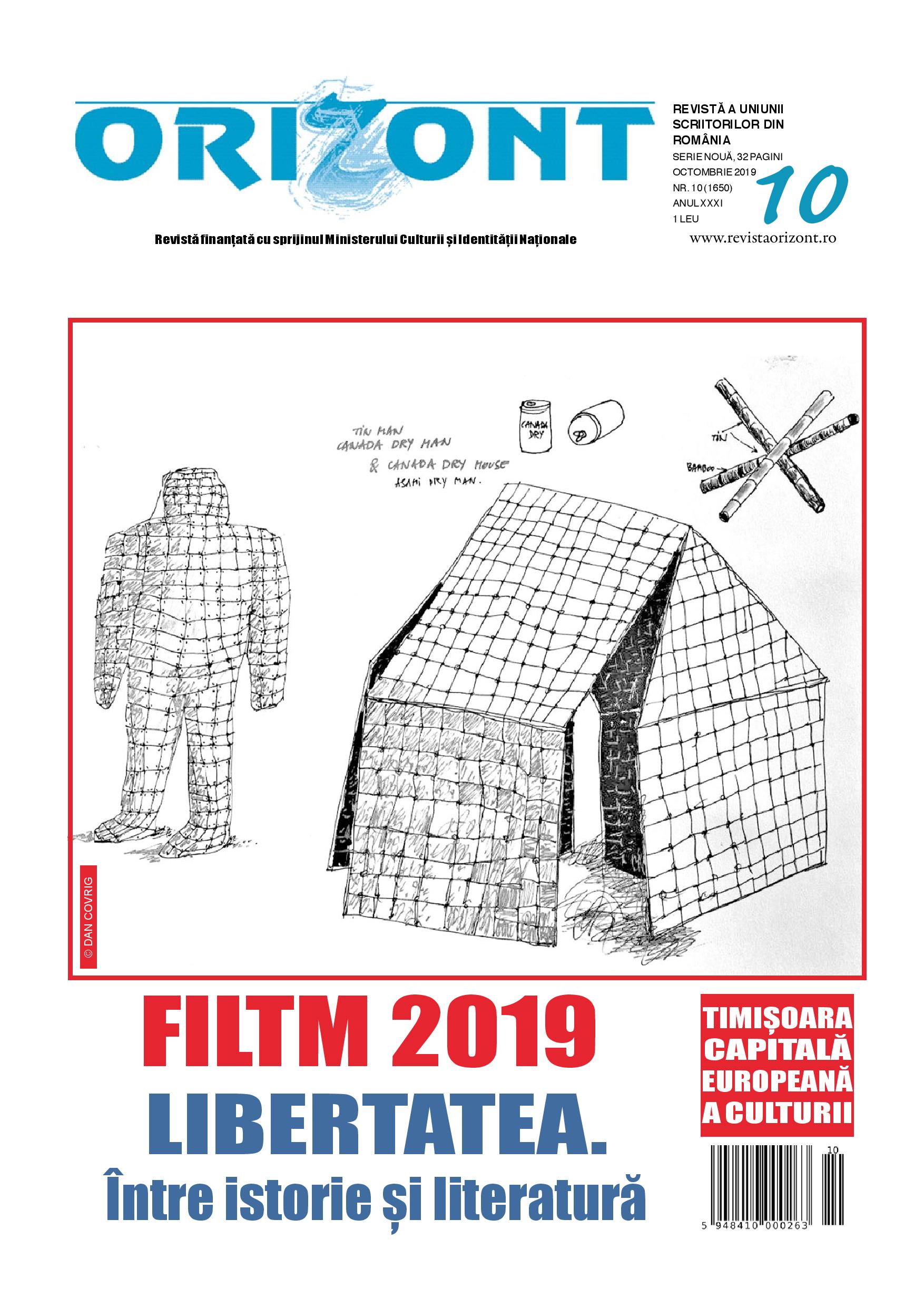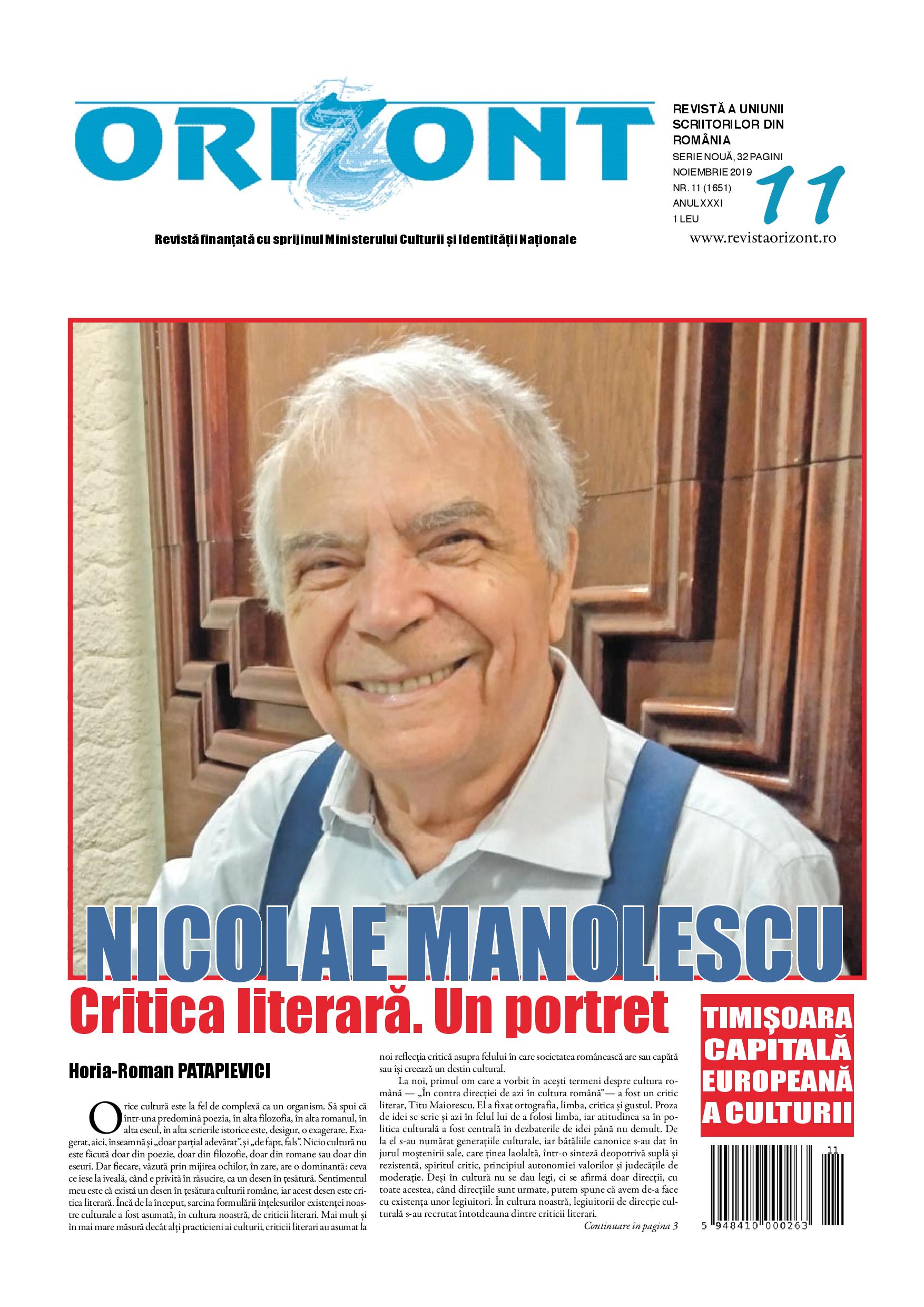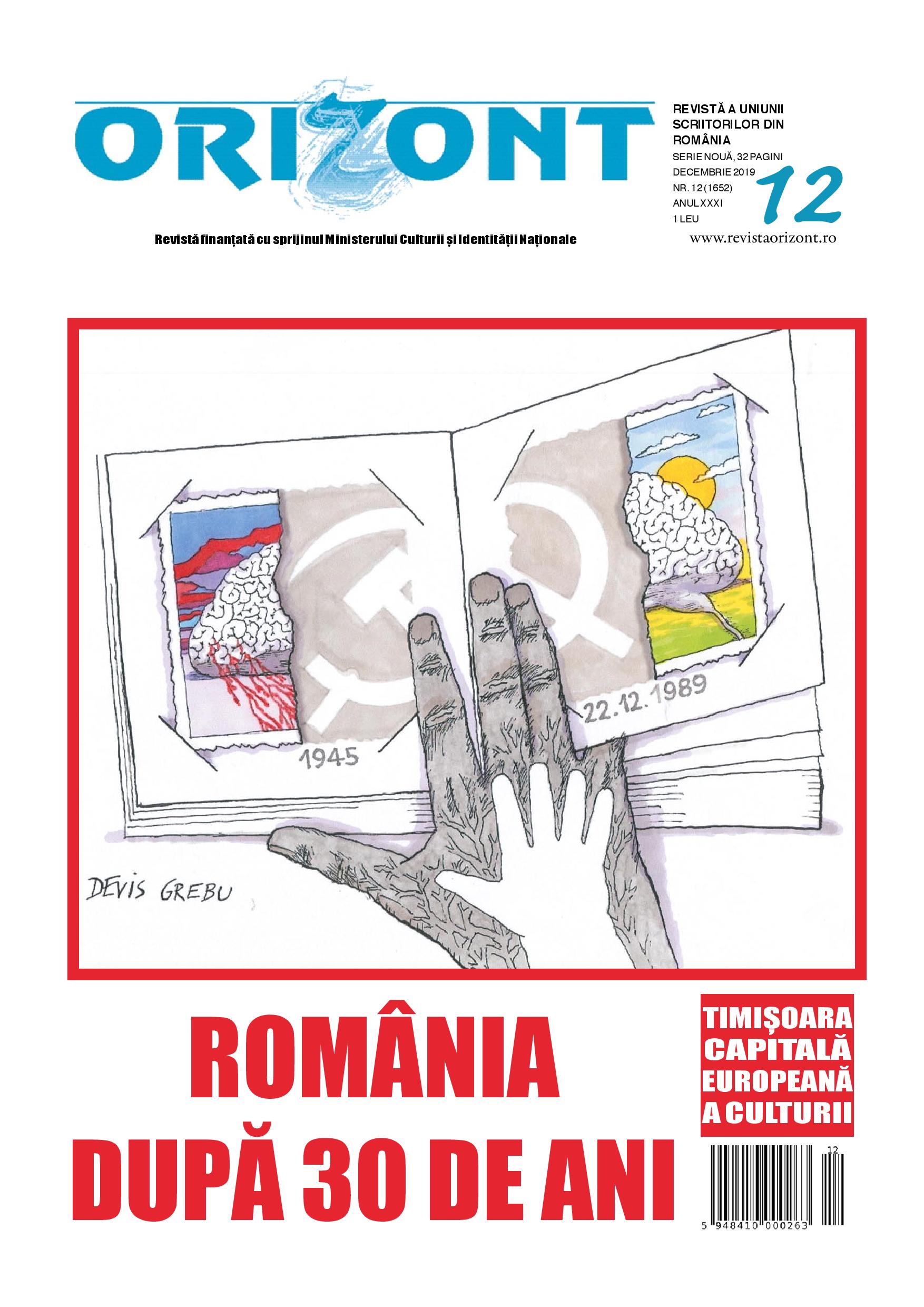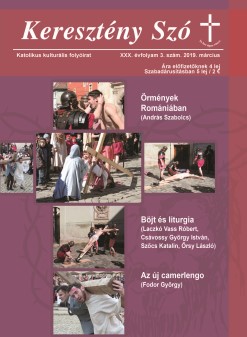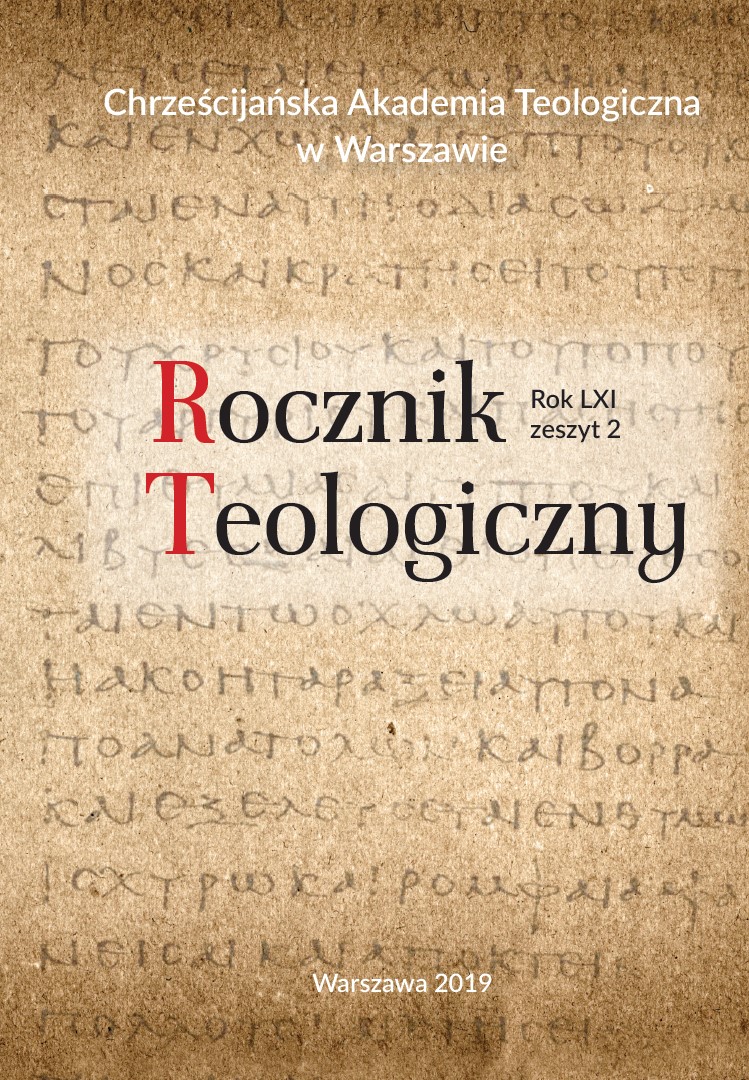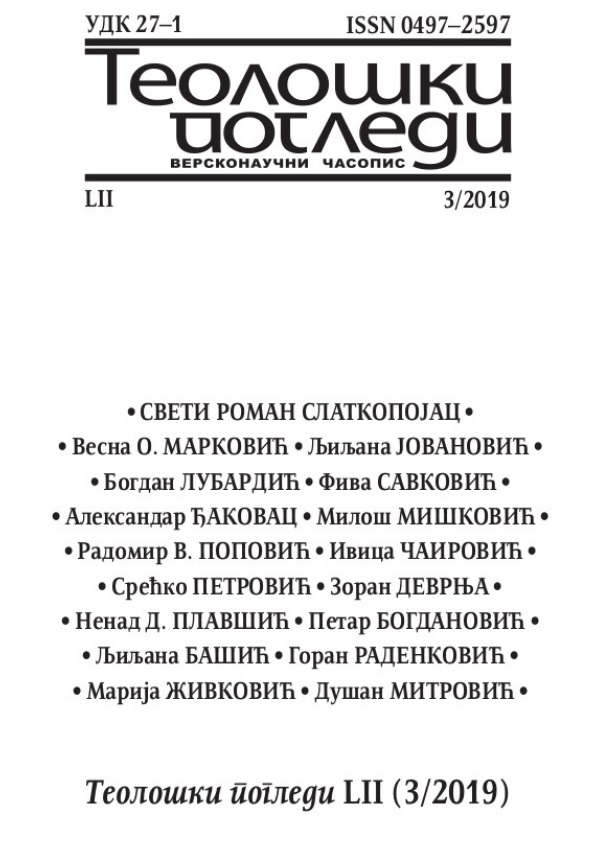Dzieje urszulanek i ich szkół na Dolnym Śląsku
In the land of Silesia, which after World War II became part of thr Polish State, German Ursulines had been operating their apostolic mission for over 330 years. They worked in Wrocław, Świdnica, Lubomierz and Racibórz. Ursulines are always devoted to the education of girls in schools and boarding schools. Despite their turbulent history, the Ursuline sisters have continued their mission with generosity and enthusiasm up to the present in the capital of Lower Silesia.. After World War II, the German Ursulines wewrw forced to leave their schools. Out of the 11German Ursuline convents in Lower Silesia only four were assumed into Polish Province of the Roman Union Ursulines after WW II. Of these convents, Wrocław was the only one that estabished a high school for girls which survived the entire period of the Communist regime.
More...
